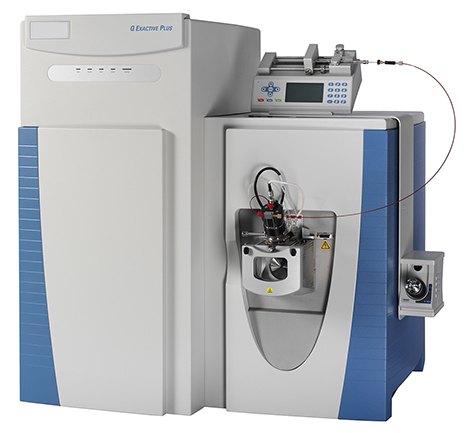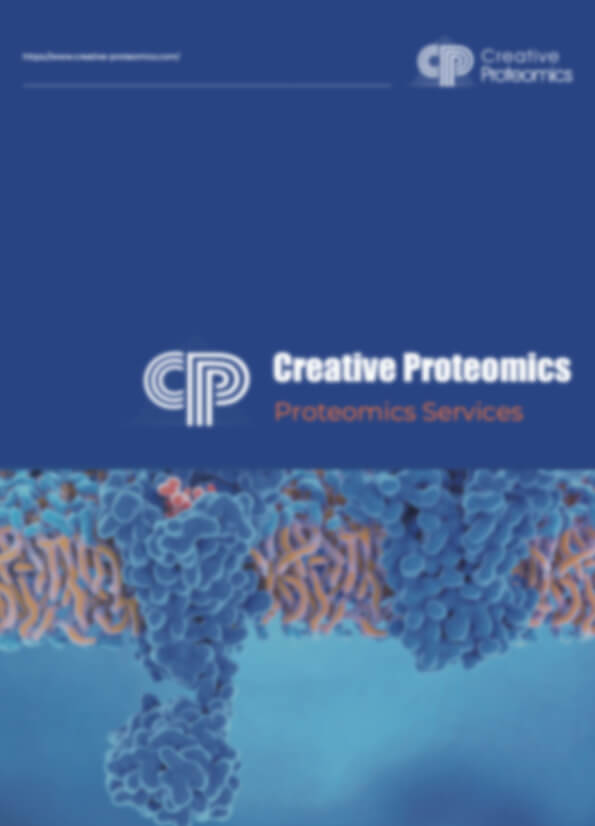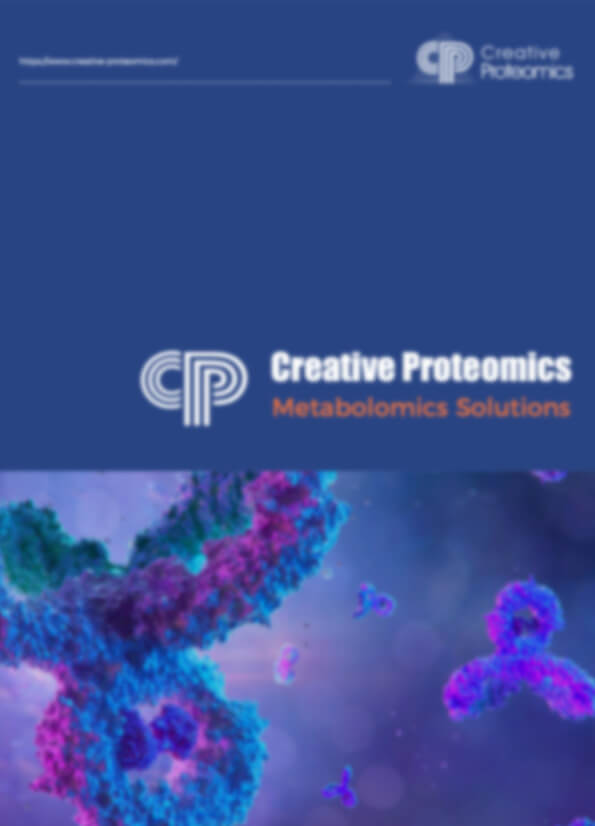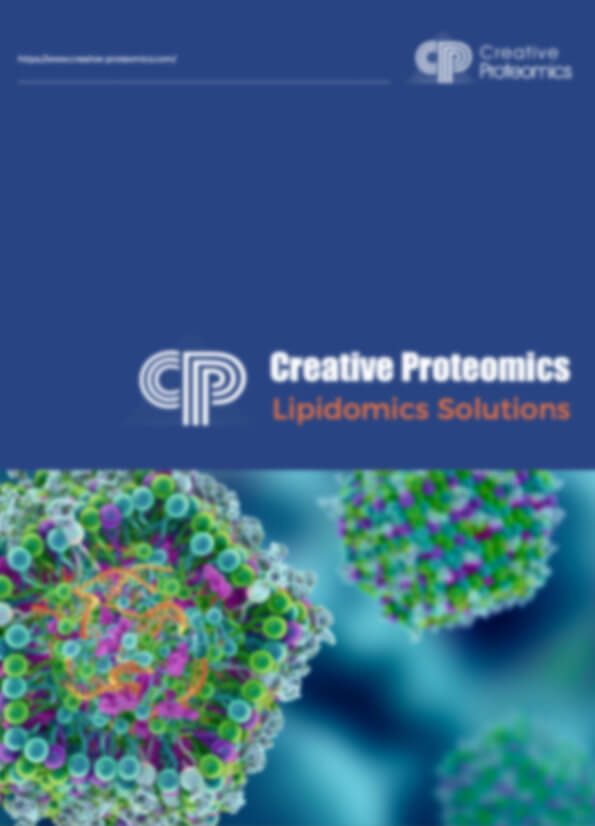- Service Details
- FAQ
The Thermo Scientific Q Exactive hybrid quadrupole-Orbitrap mass spectrometer introduce the concept of Quanfirmation, which means to routinely and confidently identify, quantify, and confirm in a single analysis using a single mass spectrometer. The Thermo Scientific Q Exactive Plus takes Quanfirmation to a new level.
 Figure 1. The Thermo Scientific Q Exactive Plus Hybrid Quadrupole Orbitrap Mass Spectrometer
Figure 1. The Thermo Scientific Q Exactive Plus Hybrid Quadrupole Orbitrap Mass Spectrometer
The Structure of the Q Exactive Plus Mass Spectrometer
Like Q Exactive mass spectrometer, the Q Exactive Plus consists of six main components, including the ion source, an injection flatapole with mass resolving capabilities, quadrupole mass filter for precursor ion selection, curved linear trap (C-trap) for short selection, collision cell, and Orbitrap analyzer for Fourier transform mass analysis.
The injection flatapole acts as an ion focusing device and also an ion pre-filtering device. To focus the ions along the axis of the lens, an RF voltage is applied to the electrodes. In addition, a DC voltage is applied to the injection flatapole. In positive ion mode, this voltage creates a negative potential difference with respect to the S-lens exit lens. While in negative ion mode, this voltage difference is inverted. In ion pre-filtering mode, additional DC voltages (of opposite sign but equal magnitude) are applied to opposite sets of electrodes to coarsely filter ions falling outside of a wide window around the much narrower window of ions passed by the quadrupole. For quadrupole mass filter, the Q Exactive Plus MS uses advanced quadrupole technology (AQT), which comprises a hyperbolic segmented quadrupole for higher transmission efficiency and optimized transmission window shape.
In Q Exactive Plus mass spectrometer, after samples are introduced into the API source, the injection flatapole transmits ions into the quadrupole. In addition, the injection flatapole also work as coarse pre-filtering of ions according to their mass-to-charge (m/z) ratios. The quadrupole rod can transmit and filter the ions according to m/z ratios. And then ions are transferred into the C-trap, where the ions are accumulated and their energy is dampened with a bath gas. The ions are then injected into the Orbitrap analyzer to obtain mass spectra. Besides, to conduct MS/MS experiment or all-ion fragmentation (AIF), the ions are passed through the C-Trap into the HCD cell for fragmentation. After fragmentation, the ions are transferred back into the C-Trap and injected into the Orbitrap analyzer for detection.
 Figure 2. Schematic of the Q Exactive Plus mass spectrometer
Figure 2. Schematic of the Q Exactive Plus mass spectrometer
Specific Projects Offered by Creative Proteomics
The Q Exactive Plus mass spectrometer combines the quadrupole precursor selection with HR/AM Orbitrap to provide identification and quantitation of more compounds with greater confidence. At Creative Proteomics, we leverage the full potential of the Q Exactive Plus mass spectrometer to offer a wide range of specialized services tailored to the unique requirements of our clients. Below are the primary project directions available:
Protein Identification
Our protein identification services are designed to provide detailed and accurate information about protein composition, particularly in complex biological samples. Using the Q Exactive Plus, we can achieve:
- High Sensitivity and Precision: Advanced quadrupole technology and HR/AM capabilities enhance the detection of low-abundance proteins.
- Comprehensive Analysis: SIM, PRM, and DIA approaches ensure thorough identification and quantification of proteins.
Intact Protein Characterization
Characterizing intact proteins and their complexes is critical for understanding protein function and interactions. Our services include:
- High-Resolution Analysis: Enhanced resolution modes allow for the detailed examination of proteins and their subunits up to 50 kDa.
- Superior Trapping: The intact protein mode improves the trapping and analysis of large molecules, making it ideal for therapeutic proteins and monoclonal antibodies (mAb) analysis.
Peptide Quantification
Quantifying peptides with high confidence is essential for many proteomic studies. Our peptide quantification services feature:
- PRM and HR/AM-SIM: These methods provide unmatched selectivity and sensitivity for peptide analysis.
- Isobaric Mass Tagging: Techniques such as Tandem Mass Tag (TMT) are employed to quantify peptides within narrow isolation windows.
Small Molecule Analysis
Analyzing small molecules accurately is crucial for various research fields, including drug development and metabolomics. Our services encompass:
- Comprehensive Data Capture: HR/AM and full-scan capabilities capture all sample data, enabling retrospective analysis without re-running samples.
- Rapid Scanning and Polarity Switching: Fast scanning at 12 Hz and the ability to switch polarity maximize the information obtained from each sample.
Lipidomics
Lipidomics involves the large-scale study of pathways and networks of cellular lipids. Our lipidomics services include:
- Enhanced Resolution: Ensures maximum identification confidence in lipid profiling.
- All-Ion Fragmentation (AIF): Combined with multiple dissociation techniques (CID and HCD), aids in detailed lipid analysis.
Metabolomics
Metabolomics is the study of chemical processes involving metabolites. Our metabolomics services offer:
- Broad Dynamic Range: Detects both trace-level and high-abundance metabolites in the same scan.
- High Sensitivity: Femtogram-level sensitivity allows for the detection of low-abundance compounds.
Features of Q Exactive Plus Mass Spectrometer
- Several approaches to quantitation including selected ion monitoring (SIM), parallel reaction monitoring (PRM), and data-independent acquisition (DIA). In SIM, ions of one or more specific m/z values are detected, which provides high specificity and sensitivity. In PRM, a predefined precursor ion is selected in the quadrupole and transferred through the C-trap to the HCD cell for fragmentation. After fragmentation, fragment ions are transferred back to the C-trap and eventually injected and analyzed in the Orbitrap mass analyzer. In DIA, all ions within a selected m/z range are fragmented and analyzed in a second stage of MS/MS, where the data can be researched later with an improved library to generate even better data.
- Advanced axial beam guide (AABG) for greater sensitivity and maximum robustness. AABG with prefiltering second-generation axial field bent flatapole ion guide reduces noise by preventing neutrals and high-velocity clusters from entering the quadrupole.
- Advanced quadrupole technology (AQT) for superior precursor isolation. AQT with a segmented quadrupole mass filter can provide increased ion transmission and superior isolation window shape. And the variable precursor isolation width selection ranges from 0.4D to full mass range. AQT optimizes precursor selection and transmission, improving quantitation of low-abundance ions in the most complex matrices.
- Optional intact protein mode. It provides superior trapping of large molecules for improved analysis of intact proteins and protein complexes.
 Figure 3. Features of Q Exactive Plus Mass Spectrometer
Figure 3. Features of Q Exactive Plus Mass Spectrometer
Applications Across Various Research Fields
Biomedical Research
- Disease Mechanism Elucidation: By analyzing protein expression and modifications, researchers can gain insights into the molecular basis of diseases, such as cancer, neurodegenerative disorders, and infectious diseases.
- Biomarker Discovery: High-resolution and high-accuracy mass spectrometry enables the identification of novel biomarkers for early disease detection, prognosis, and monitoring therapeutic responses.
Pharmaceutical Development
- Drug Discovery: The Q Exactive Plus facilitates the identification and characterization of drug candidates, providing detailed information on molecular structures, interactions, and activity.
- Pharmacokinetics and Pharmacodynamics: Quantitative analysis of drugs and their metabolites helps in understanding absorption, distribution, metabolism, and excretion (ADME) properties.
- Quality Control: Ensures the purity, potency, and stability of pharmaceutical products through rigorous analysis of active ingredients and impurities.
Environmental Analysis
- Pollutant Detection: Identification and quantification of environmental pollutants, such as pesticides, heavy metals, and organic contaminants, in air, water, and soil samples.
- Impact Assessment: Analysis of biochemical and ecological impacts of pollutants on living organisms and ecosystems, aiding in environmental risk assessments and regulatory compliance.
Food and Beverage Industry
- Component Analysis: Detailed profiling of food components, including proteins, lipids, carbohydrates, and vitamins, to ensure product quality and nutritional value.
- Contaminant Detection: Sensitive detection of contaminants, such as pesticides, mycotoxins, and allergens, to ensure food safety and regulatory compliance.
- Authenticity Testing: Verification of the authenticity and origin of food products, detecting adulteration and ensuring labeling accuracy.
How does Q Exactive Orbitrap work?
The Q Exactive Orbitrap operates by combining a quadrupole mass filter with an Orbitrap mass analyzer. The process begins with ionization, where molecules are converted into ions using techniques like Electrospray Ionization (ESI) or Atmospheric Pressure Chemical Ionization (APCI). These ions are then funneled into the quadrupole, which selects ions based on their mass-to-charge ratio (m/z). The selected ions are transferred to the C-Trap, where they are accumulated and then injected into the Orbitrap analyzer. In the Orbitrap, ions are trapped in an electrostatic field and orbit around a central spindle. The frequency of their oscillation is measured, which is directly related to their m/z ratio. This high-resolution analysis provides accurate mass determination and detailed structural information of the ions.
What is a quadrupole mass spectrometer used for?
A quadrupole mass spectrometer is used for filtering and analyzing ions based on their mass-to-charge ratio (m/z). It consists of four parallel rods, creating a quadrupole field that selectively stabilizes or destabilizes ions of specific m/z ratios. Applications of quadrupole mass spectrometers include:
- Quantitative and qualitative analysis of complex mixtures
- Identification of unknown compounds
- Monitoring of specific ions in targeted analyses
- Environmental analysis for detecting pollutants
- Pharmaceutical applications for drug development and quality control
- Proteomics and metabolomics studies for analyzing biomolecules
What is the difference between Q Exactive and Q Exactive Plus?
The Q Exactive and Q Exactive Plus are both high-resolution mass spectrometers that combine quadrupole and Orbitrap technologies. The key differences include:
- Sensitivity: The Q Exactive Plus offers enhanced sensitivity compared to the Q Exactive, making it more suitable for detecting low-abundance analytes.
- Scan Speed: The Q Exactive Plus has a faster scan speed, allowing for quicker analysis and higher throughput.
- Dynamic Range: The Q Exactive Plus provides an improved dynamic range, enabling more accurate quantitation of a wider range of analyte concentrations.
- Advanced Features: The Q Exactive Plus includes additional advanced features such as higher-energy collisional dissociation (HCD) capabilities and improved mass accuracy.
How does quadrupole Orbitrap work?
A quadrupole Orbitrap mass spectrometer combines the filtering capabilities of a quadrupole with the high-resolution analysis of an Orbitrap. The process works as follows:
1. Ionization: Molecules are ionized using techniques like ESI or APCI.
2. Quadrupole Filtering: Ions are passed through the quadrupole, which filters them based on their m/z ratio.
3. C-Trap Accumulation: Selected ions are accumulated in the C-Trap before being injected into the Orbitrap.
4. Orbitrap Analysis: In the Orbitrap, ions are trapped in an electrostatic field and orbit a central electrode. The frequency of their oscillation is measured to determine their m/z ratio with high resolution and accuracy.
What are the advantages of Orbitrap?
The Orbitrap mass analyzer offers several advantages:
- High Resolution: Provides exceptional mass resolution, allowing for precise identification of compounds.
- Mass Accuracy: Offers high mass accuracy, essential for reliable identification and quantification of analytes.
- Dynamic Range: Capable of analyzing a wide range of analyte concentrations with high precision.
- Speed: Fast scan speeds enable high-throughput analysis.
- Versatility: Suitable for a wide range of applications, including proteomics, metabolomics, environmental analysis, and pharmaceuticals.
- Stability: Provides stable performance with minimal maintenance requirements, ensuring consistent and reliable results.










